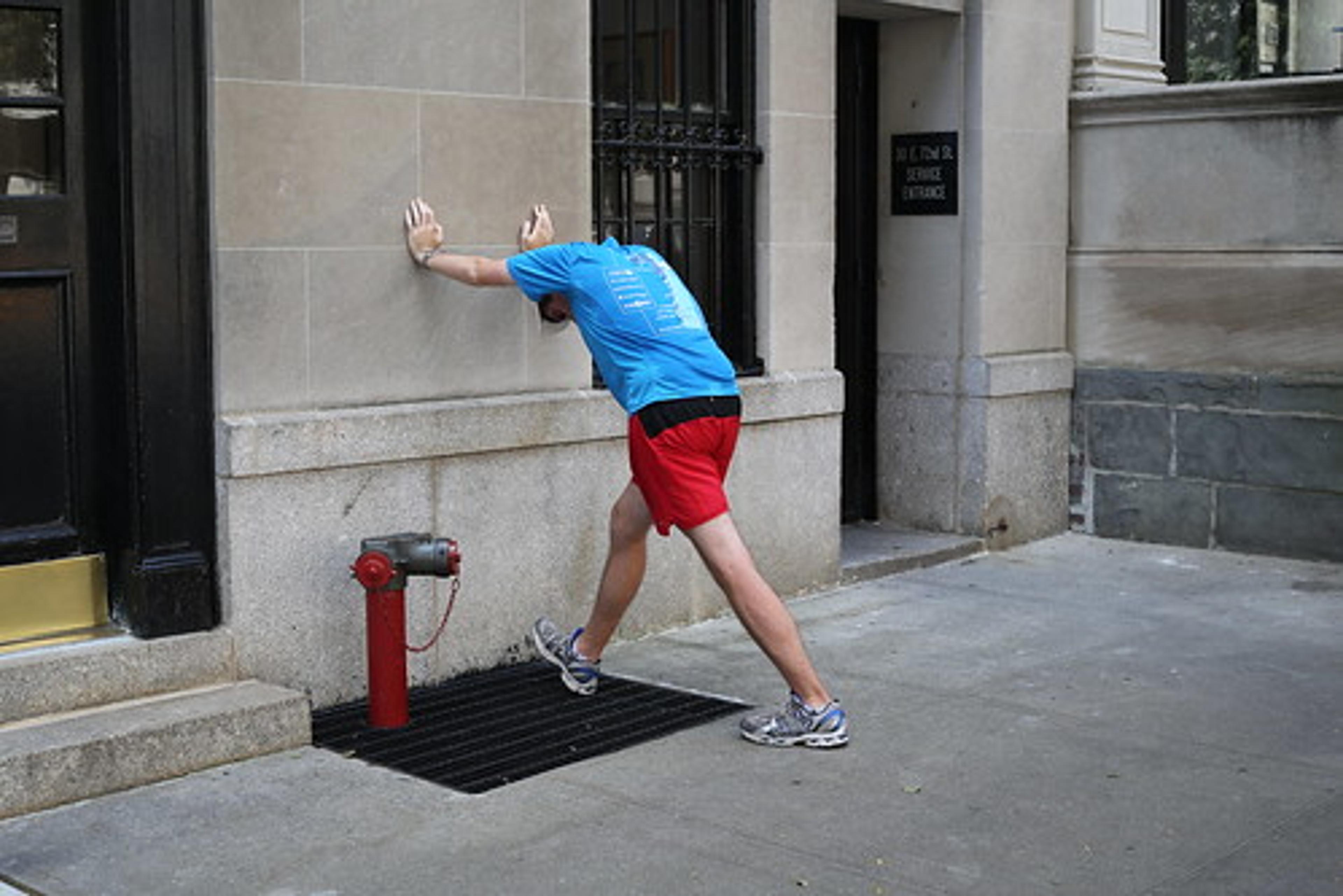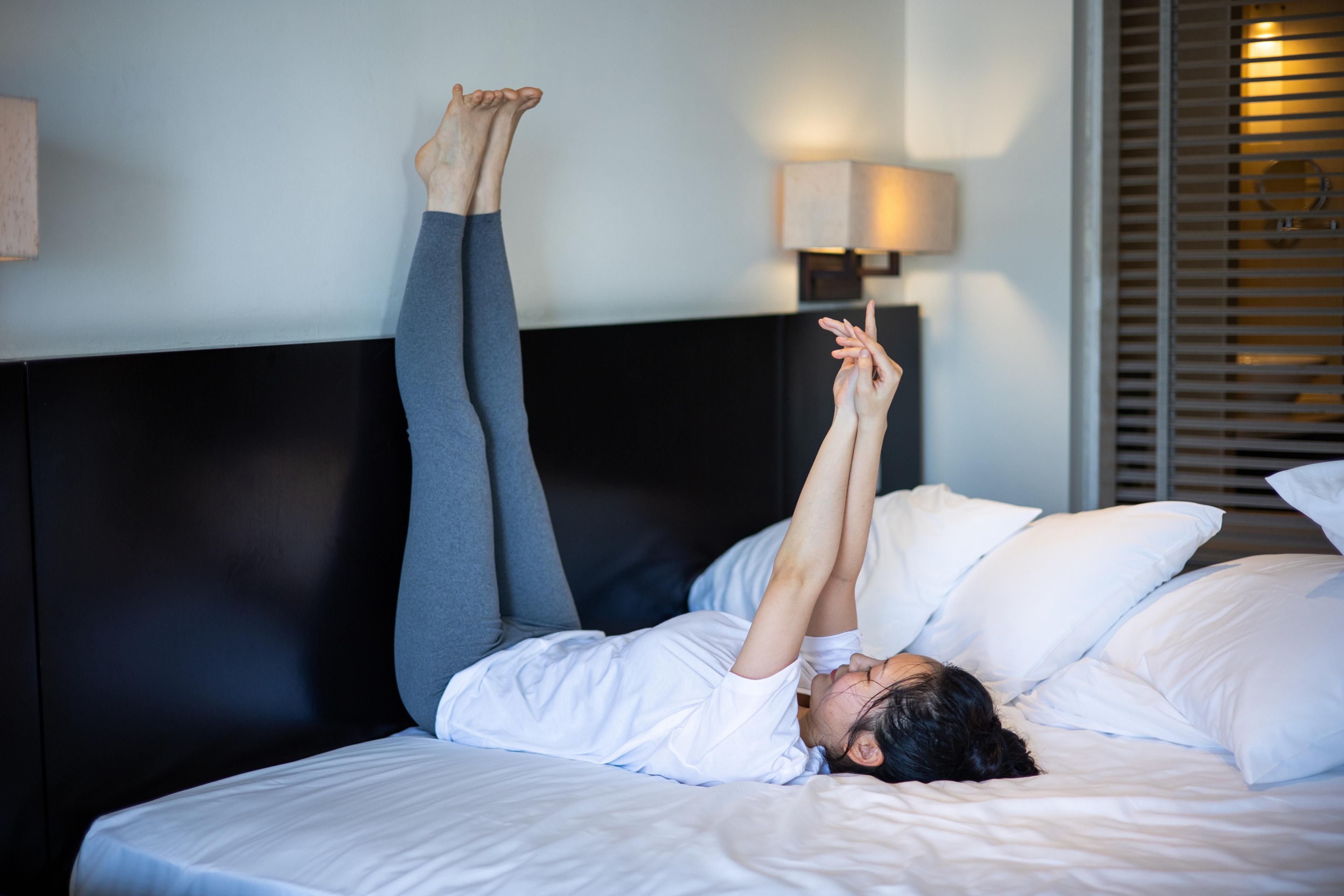Keep your joints pliable and your muscles strong by stretching

Kristin Coppens
| 2 min read

Arguably the most important, yet the most frequently skipped aspect of a workout, stretching is the key component in preventing exercise related injuries. A large number of individuals skip stretching or rush through the warm-up and cool-down of their routine. However, doing so can be detrimental to your muscles and tendons while increasing the probability of pain and injury. Additionally, outside of exercise stretching can help reduce and shut off the feelings of stress.
Stretching is vital because it keeps our muscles and joints pliable and strong. In turn, this can both prevent injury and aid in the treatment of an already present injury. Stretching also increases our flexibility because of the heightened blood flow to the targeted muscle area. In fact, muscles and tendons with a greater range of motion are less likely to experience tears. Increased flexibility of the neck, shoulders, and upper back can even improve our respiratory function.
A proper stretching routine should occur for both your warm-up and your cool-down periods. Muscles are more likely to tear when they are cold rather than warmed up. There are numerous different stretching routines, but some general aspects should remain consistent. For instance, stretching only needs to last 5-10 minutes, but you should be working each major muscle group. Each stretch should be held for 15-20 seconds, remembering to alternate sides, with a total of 3-5 different stretches. When stretching, you should feel a gentle “pulling” sensation, but there should never be any pain.
There are three different types of stretching: static, ballistic and proprioceptive neuromuscular facilitation (PNF). Static stretching is recommended for the majority of athletes because it is the type least likely to cause injury. Ballistic and PNF stretching should be reserved for those individuals who are already experienced with its usage and differentiation.
Static stretching is done by slowly moving a joint to its end-range of motion. Remember that stretching should be done slowly and gradually over a long period of time. Increased flexibility is not something that will produce results right away; you must be patient and consistent with your routine. Pay attention to any pain associated with your stretching exercises, as pain is an indicator of either improper technique or a medical problem that should be addressed by your physician.
For specific stretching positions and options, ShapeFit offers pictures and descriptions that cover all necessary muscle groups.
What are some other stretches that help your exercise routine?
Photo credit: WarmSleepy





